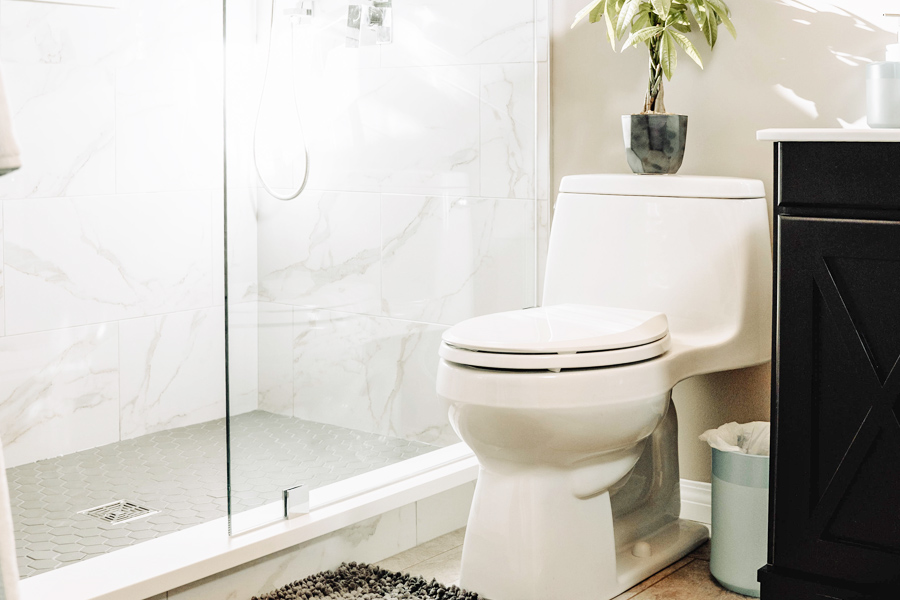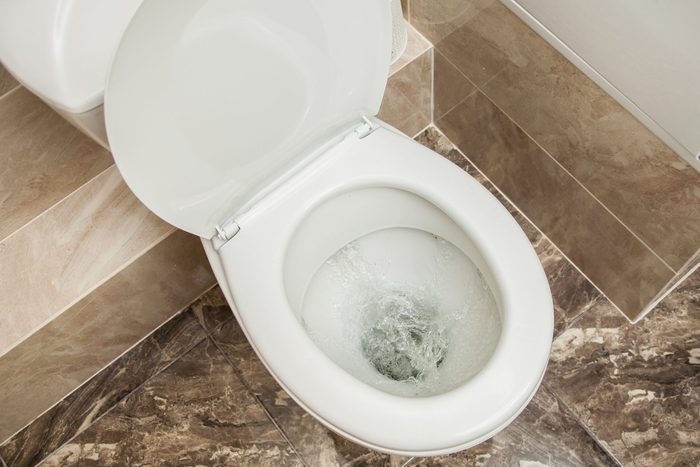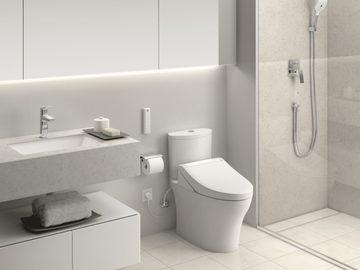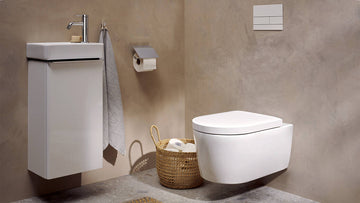The concept of water-saving toilet tank capacity has gained significant attention in recent years as the world grapples with the challenges of water scarcity and environmental sustainability. Industry QA professionals are at the forefront of this movement, tasked with ensuring that innovations in toilet design not only meet regulatory standards but also deliver on their promise of reducing water usage. In this article, we explore how optimizing toilet tank capacity can contribute to water conservation efforts and highlight the latest advancements in this domain.

Understanding Toilet Tank Capacity
Toilet tank capacity refers to the volume of water held within the tank, ready to be used for flushing. Traditionally, toilets consumed a substantial amount of water per flush, with older models using as much as 3.5 to 7 gallons. However, with the advent of water-saving toilets, this capacity has been significantly reduced. Modern toilets now use as little as 1.28 gallons per flush, thanks to advances in design and technology.
The Importance of Water Conservation
Water conservation is a critical concern for both environmental and economic reasons. As populations grow and climate change impacts water availability, it becomes imperative to use water efficiently. Water-saving toilet tank capacity plays a crucial role in this endeavor, as toilets account for nearly 30% of household water usage. By reducing the amount of water used per flush, significant savings can be achieved, both in terms of water consumption and utility bills. Learn more about how to reduce water bills with toilets.
Innovations in Water-saving Toilet Design
The drive to optimize water-saving toilet tank capacity has led to several innovative designs in the market. Dual-flush systems, for example, offer two flush options: a full flush for solid waste and a reduced flush for liquid waste. This flexibility allows users to choose the appropriate amount of water needed, further conserving water. Additionally, pressure-assisted toilets use air pressure to enhance flushing power while maintaining low water usage. These innovations showcase the potential for significant water savings without compromising performance.
Smart Toilets and Eco-friendly Fixtures
Smart toilets are another exciting development in the realm of water-saving toilet tank capacity. Equipped with sensors and automation, these toilets can detect user presence and adjust flushing mechanisms accordingly. Some models even offer self-cleaning features, reducing the need for excessive water use during maintenance. For a deeper understanding of choosing eco-friendly options, check out this guide to eco-friendly bathroom fixtures.
Challenges in Implementation
While the benefits of water-saving toilet tank capacity are clear, there are challenges to widespread adoption. Cost is a significant barrier, as high-efficiency toilets often come with a higher upfront price. Additionally, retrofitting existing toilets can be complex and may not always be feasible in older buildings. However, the long-term savings and environmental benefits make this investment worthwhile for many consumers and businesses alike. For those interested in retrofitting, explore retrofitting options.
Regulatory Standards and Industry QA
Industry QA professionals play a pivotal role in ensuring that water-saving toilets meet stringent regulatory standards. The Environmental Protection Agency (EPA) in the United States, for example, has established the WaterSense program, which certifies products that meet specific criteria for water efficiency and performance. By adhering to these standards, manufacturers can ensure that their products are both effective and environmentally friendly. For more insights into the differences between low-flow and dual-flush systems, you can visit this comparative analysis.
Conclusion
As we continue to face global water challenges, the importance of optimizing water-saving toilet tank capacity cannot be overstated. Through innovative designs, smart technology, and a commitment to regulatory standards, the industry can contribute significantly to water conservation efforts. For consumers and businesses alike, investing in water-saving toilets not only offers the promise of reduced utility bills but also supports a more sustainable future.

FAQs
What is the ideal water-saving toilet tank capacity?
The ideal capacity varies depending on the model, but modern water-saving toilets typically use 1.28 gallons per flush or less.
Are high-efficiency toilets worth the investment?
Yes, despite the higher upfront cost, the long-term savings in water usage and utility bills make them a worthwhile investment.
How can industry QA ensure toilets meet water-saving standards?
Industry QA can ensure compliance by adhering to programs like the EPA's WaterSense, which certifies products that meet specific efficiency criteria.
For further details on the benefits of using high-efficiency toilets, you can visit this external resource.






